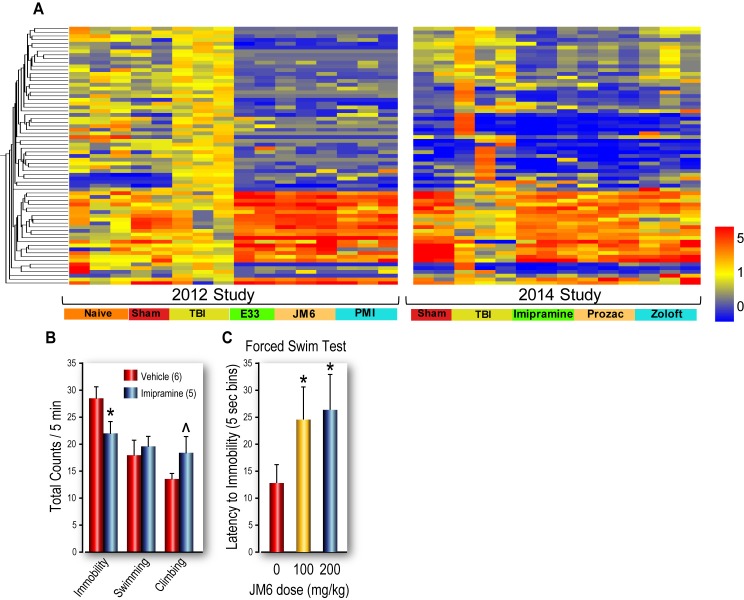Fig 6. Heatmaps of drug-induced gene expression (GE), performed two years apart.
(A) Hippocampal GE profiles from injured rats treated with fluoxetine, imipramine or sertraline, [data from 2014 (right), is from the same rats as in Fig 5] are similar to hippocampal GE profiles of rats treated with JM6, E2 or PMI, data from 2012 (left). Genes > 1.5 fold in the same direction in at least five drug treatments vs TBI and p-value < .05 in at least one drug treatment vs. TBI are displayed as normalized to the mean expression of the study specific TBI samples (69 probes). (B) The FST was used to test the antidepressant efficacy of JM6. First imipramine was tested to validate the depression assay. Imipramine (15 mg/kg) decreased immobility and increased climbing, in the forced swim test (FST). (C) While there were no significant effects on duration of climbing, swimming or immobility, JM6 had dose-dependent antidepressant effects on latency to immobility, The FST validates antidepressant efficacy of JM6 *p < .05.

